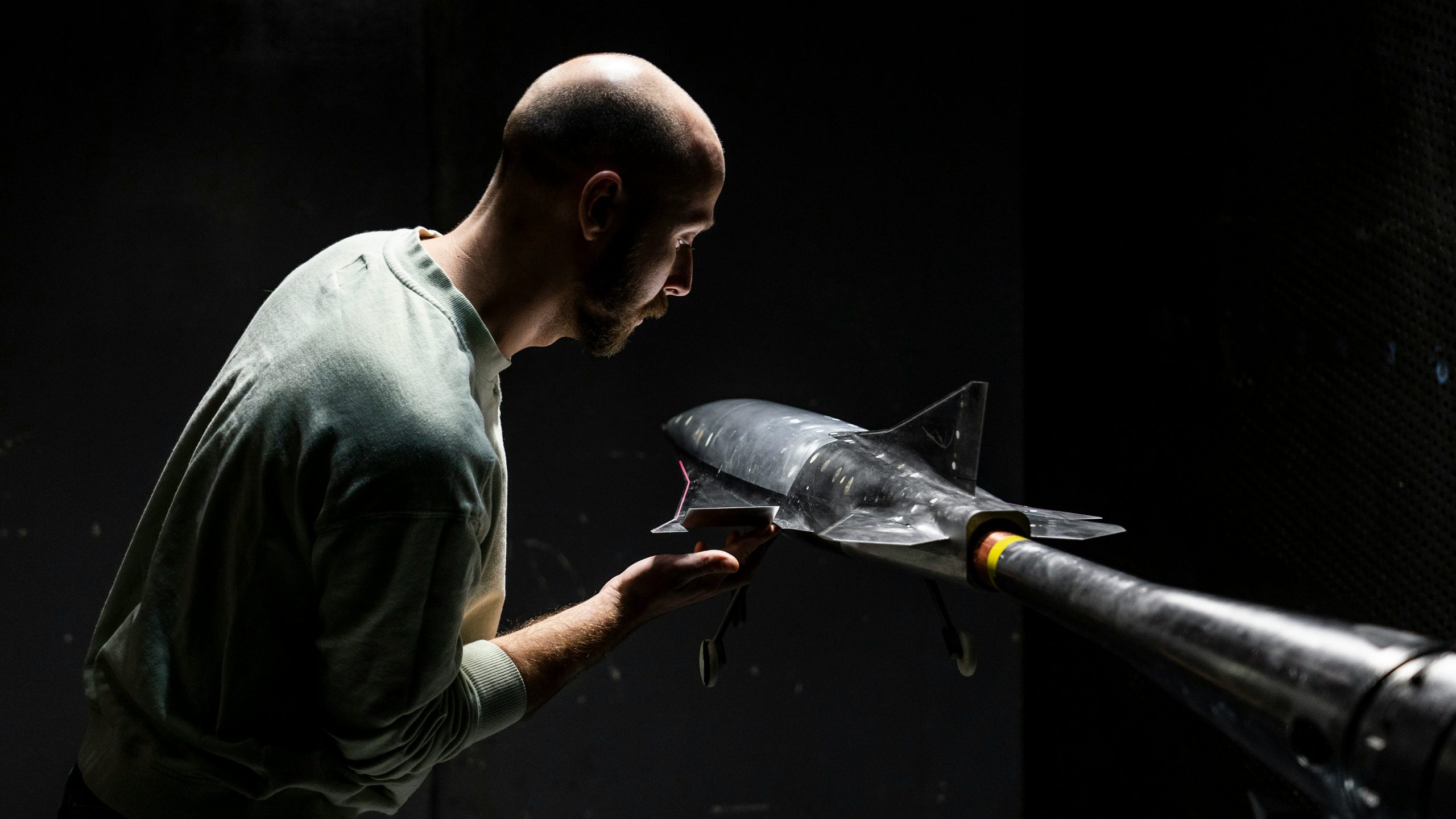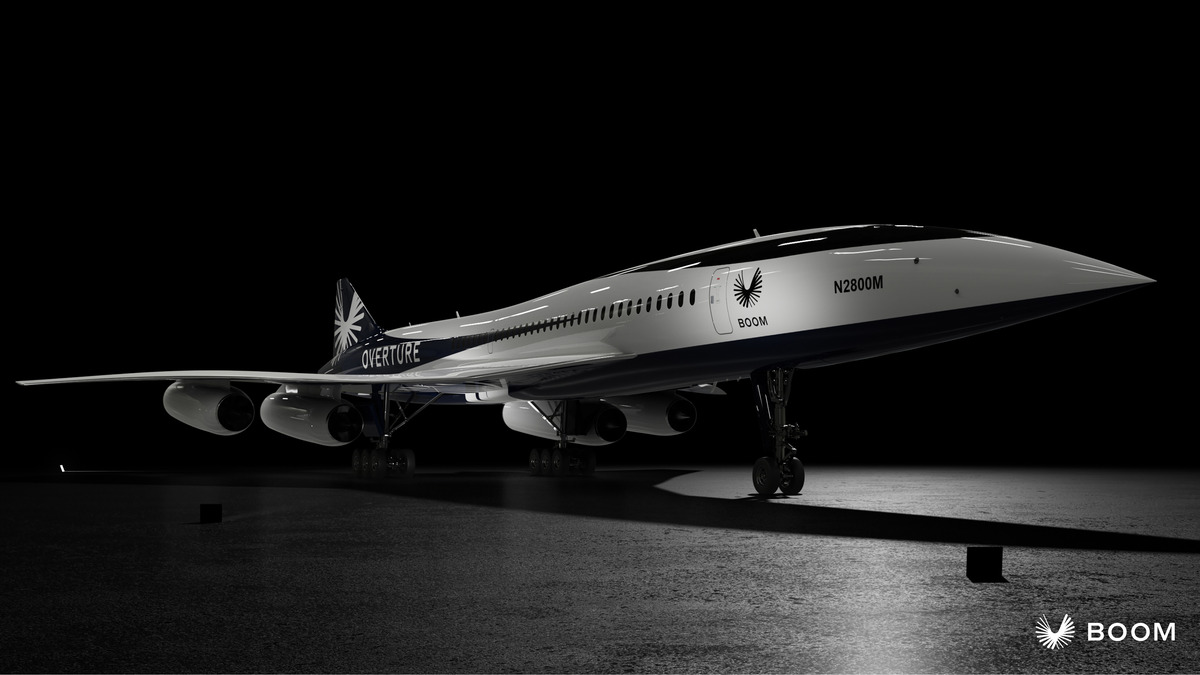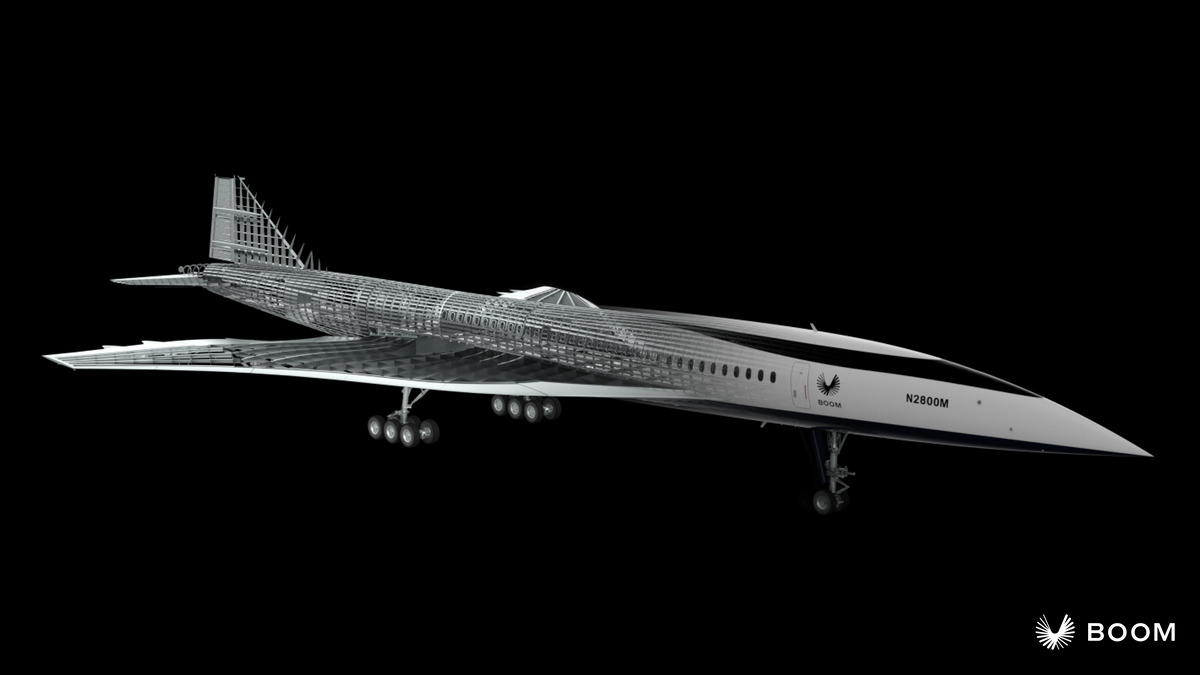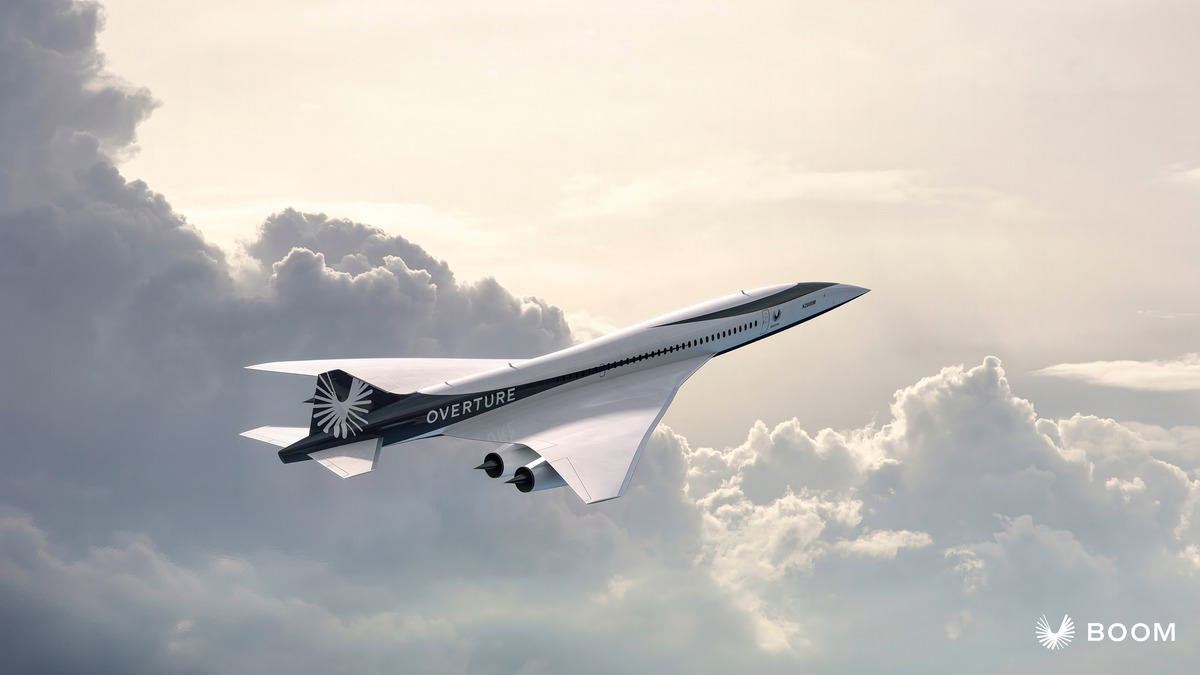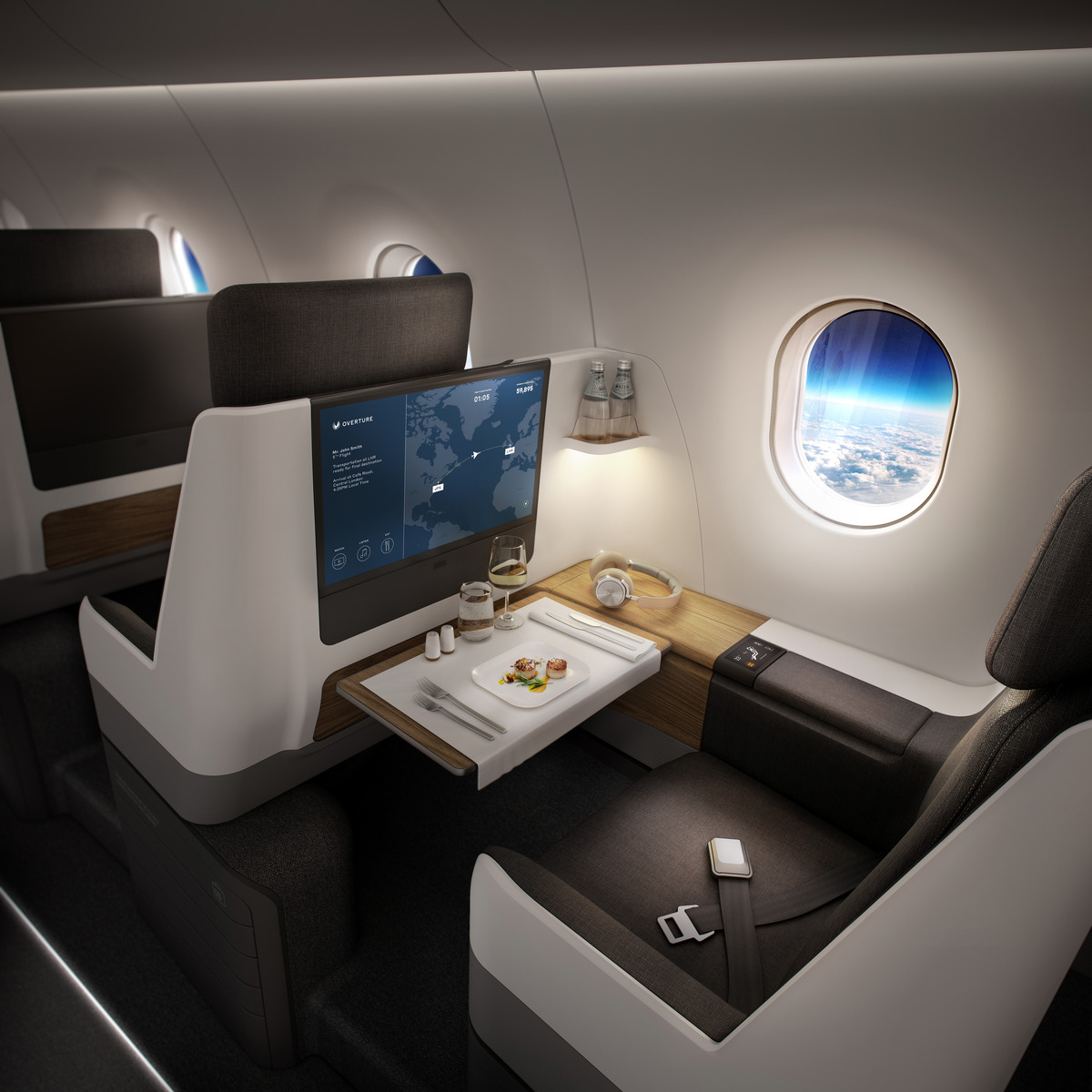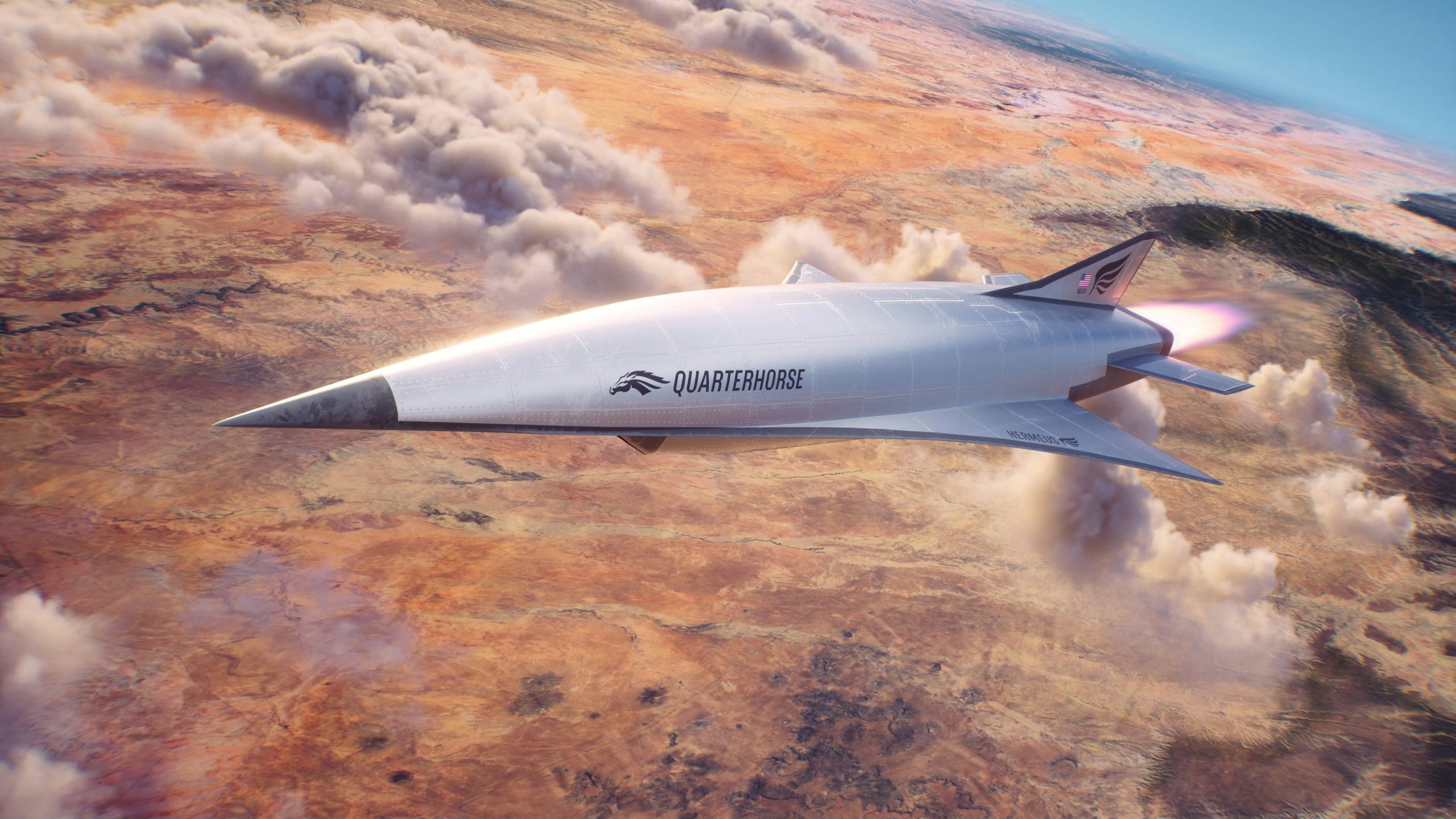Since the Wright Brothers first took flight in North Carolina in 1903, aircraft designers have constantly pushed the limits of aircraft design. In 1947 it was the American pilot Chuck Yeager who broke the sound barrier and set the United States on its path to compete with the Soviet Union for dominion of the heavens. Spectacularly, a little over half a century after the Wright Brothers, mankind pushed flight technology and engineering to its limits when three American astronauts walked on the moon in the Apollo program.
This exponential jump in aircraft development extended into the civilian world in 1973 with the introduction of the Concorde, a supersonic airliner operated by British Airways. Concorde passengers could spend less time traveling and more time on the ground conducting business or enjoying some of the world’s great international cities with family and friends.
However, due to the exorbitant cost of operating a supersonic airliner, the Concorde ceased operations in 2003. Commercial air travel had reached a standstill in terms of speed. The VIP traveler’s trip from New York to London went from under three hours to a grinding eight hours of flying time.
Fast forward to 2025, and the United States is again taking the lead. Colorado’s Boom Supersonic aims to revolutionize commercial air travel with the introduction of the Overture, a supersonic commercial airliner set to be manufactured in the Wright brothers’ home state, North Carolina.
“Much in the same way that the Jet Age unlocked new travel options and destinations, supersonic travel will make the world dramatically more accessible,” a Boom Supersonic spokesperson told Jetset. Capable of carrying up to 80 passengers at speeds of Mach 1.7 ( about 1,300 mph), and with a range of about 4,800 miles, this supersonic jet will bring intercontinental destinations closer together, with a flight from New York to Rome projected to be slashed from 8 to 5 hours; Atlanta to Madrid from 8 to 3.5 hours and Washington to Dublin from 6.5 to 3.5 hours.
Another American company, Hermeus, is aiming even higher than supersonic. The Georgia-based company is looking to develop the world’s fastest commercial airplane capable of flying hypersonic at Mach 5, or about 3,000 mph. Flying hypersonic means that New York to London becomes a 90-minute flight. According to the company, hypersonic travel is estimated to eliminate three million hours of flying time for those approximately 500,000 passengers who travel between New York and London each year.
Hermeus has plans for a commercial passenger aircraft called the Halcyon, to be powered by its own engine, the Chimera. Hermeus is also in the early stages of developing its Quarterhorse high-speed test flight aircraft, designed to attain speeds faster than the SR-71 “Blackbird,” an Air Force spy plane that reached Mach 3.3 (2,193.2 mph) in 1976.
Hermeus and Boom Supersonic represent two entries into an enterprising aerospace landscape that has bankrupted companies like Exosonic in the pursuit of a commercially viable supersonic aircraft. If these companies are to be successful in reversing the subsonic slump of the commercial airline industry, they will require innovative aircraft design and engineering.
Breaking Through
When the United States attempted to break the sound barrier in the late 40s, many test pilots reported that a barrier stood in their way when approaching the speed of sound, Mach 1 (roughly 758 mph at sea level). The closer a pilot pushed the envelope, the more resistance the aircraft encountered. When Chuck Yeager finally punched through in 1947, his aircraft was the first to generate the iconic “boom” associated with supersonic flight. After reaching the speed of sound, Yeager reported an easing of the resistance caused by compression in the air surrounding the aircraft.
Breaking through the sound barrier while carrying up to 80 passengers in safety and comfort calls for cutting-edge aircraft design. The Overture’s answer is a contoured fuselage, gull wings and a four-engine configuration that accounts for “optimized aerodynamics” and reduced noise, according to Boom. At 201 feet in length, with a 106-foot wingspan, the Overture’s wings are shaped to minimize drag through both transonic and supersonic flight while also providing lift at lower speeds.
The noise pollution caused by supersonic travel is a significant obstacle for supersonic flight. The Concorde was infamous for disturbing those on the ground close enough to hear the thunderous “boom” when the aircraft broke through the sound barrier. The noise restricted where the airliner could travel, creating more setbacks for a business model stricken by high costs.
Boom’s answer to that problem lies in both the design and operation of its aircraft. The company says the engine being developed, Symphony, does not rely on noisy after-burners. “Axisymmetric supersonic intake, a variable-geometry, and a low noise exhaust nozzle” allow for a quieter flight experience, a spokesperson said. Moreover, the aircraft will go supersonic over bodies of water and rely on its optimal subsonic flight of Mach .94 to generate the speed necessary to further shorten travel time.
The Overture also promises the unique experience of viewing the earth at 60,000 feet, technically the stratosphere. At this altitude the curvature of the earth is revealed—offering a transcendent experience while aboard a commercial flight. Boom says that unlike the Concorde, the Overture is designed to run on 100 percent sustainable aviation fuel. So far, 130 aircraft have been preordered.
According to Boom, commercial flights will begin in 2029. On January 28, Boom’s XB-1 test aircraft flew Mach 1.05 over the Mojave Desert; a major breakthrough for the Colorado company as it works towards its project goal of commercial operability before the next decade.
On the hypersonic front, Hermeus’ Halcyon is built around its Chimera engine. A hybrid power plant, the Chimera is capable of alternating between a turbojet, subsonic mode before engaging the ramjet which propels the aircraft to hypersonic speeds. At those higher speeds, Chimera bypasses the incoming air around the turbine and the ramjet takes over completely,” Hermeus explains on its website. By not relying on a rocket engine, aircraft like Hermeus’ Halcyon can be turned around and ready for its next flight like today’s modern planes.
“By making an air-breathing hypersonic engine that does not require a rocket to accelerate, we’re setting the stage for operational hypersonic flight,” Hermeus said.
Through a combination of innovative aircraft design and engineering, faster-than-sound commercial air travel promises to slash intercontinental flight times, resulting in more time for business and leisure.


